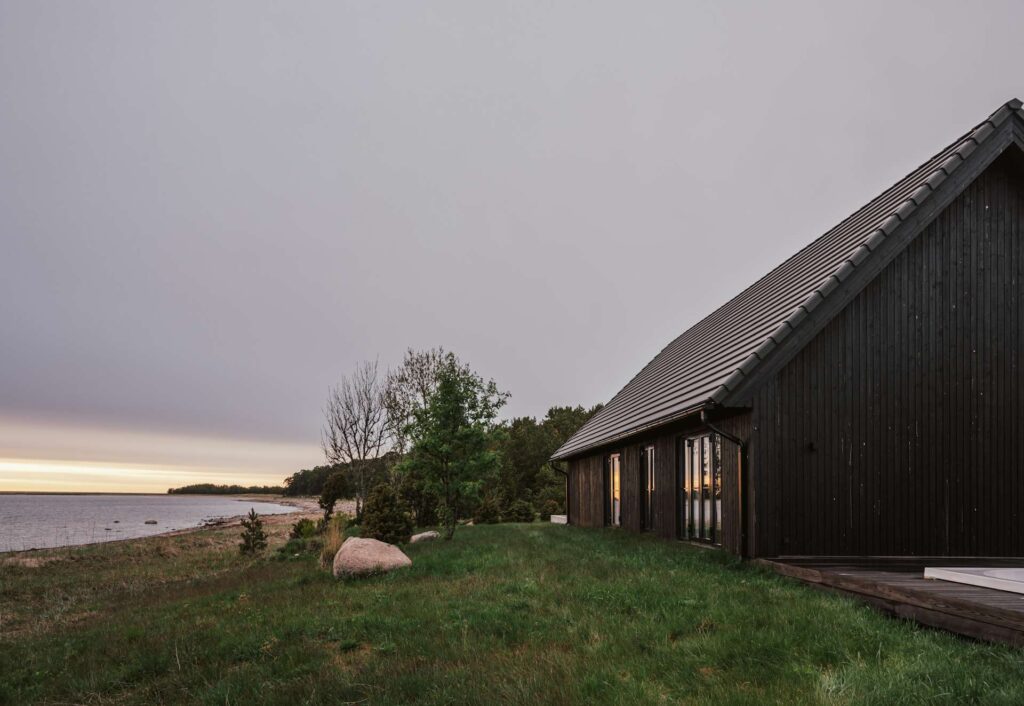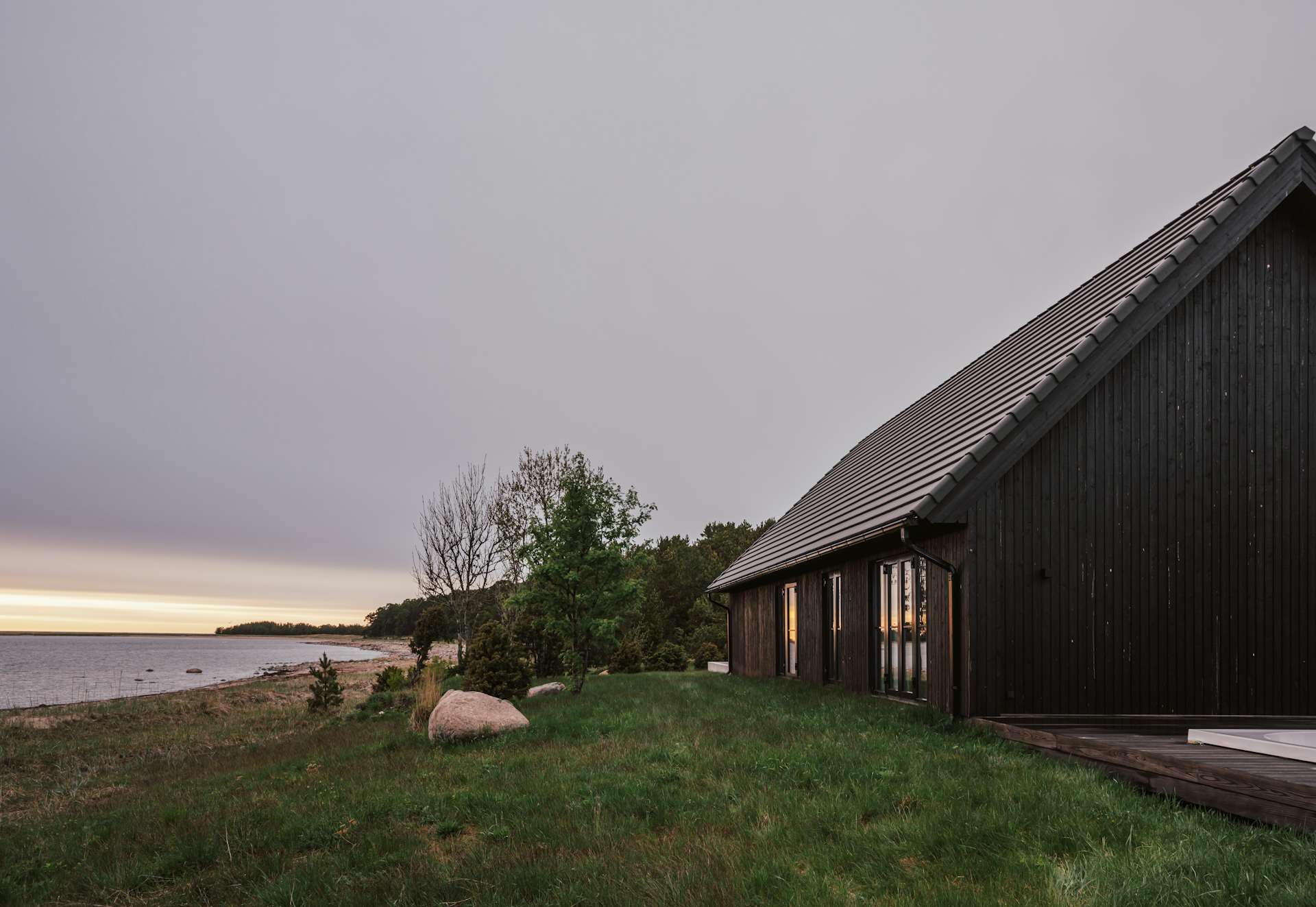
Creating Peaceful Homes: A Guide to Serenity and Well-being
In today’s fast-paced world, the concept of a peaceful home is more crucial than ever. It’s not merely about aesthetics; it’s about creating a sanctuary that nurtures mental, emotional, and physical well-being. A peaceful home is a refuge from the stresses of daily life, a place where you can truly unwind, recharge, and connect with yourself and your loved ones. This article explores the various aspects of creating such an environment, offering practical tips and insights to transform your living space into a haven of tranquility. This is especially important as studies show that our environment significantly impacts our mood and overall health.
The Importance of a Peaceful Home
The benefits of a peaceful home extend far beyond simple relaxation. A serene environment can:
- Reduce Stress and Anxiety: A clutter-free and calming space can significantly lower stress hormones and promote a sense of calm.
- Improve Sleep Quality: A dark, quiet, and comfortable bedroom fosters better sleep, essential for physical and mental health.
- Enhance Productivity: A well-organized and distraction-free workspace within the home can boost focus and productivity.
- Strengthen Relationships: A peaceful home encourages open communication and quality time with family members, fostering stronger bonds.
- Promote Overall Well-being: Creating a space that supports your needs and preferences contributes to a greater sense of happiness and contentment.
Decluttering for Peace
One of the first steps in creating a peaceful home is decluttering. Clutter can be a major source of stress and anxiety. A minimalist approach can be incredibly beneficial.
The KonMari Method
The KonMari Method, popularized by Marie Kondo, encourages you to declutter by category – clothes, books, papers, komono (miscellaneous items), and sentimental items. Hold each item and ask yourself if it sparks joy. If it doesn’t, thank it for its service and let it go. This method is not just about getting rid of things; it’s about consciously choosing what you want to keep in your life.
Practical Decluttering Tips
- Start Small: Don’t try to declutter your entire home in one day. Focus on one area at a time, such as a drawer, a shelf, or a corner of a room.
- Have a System: Designate three boxes or bags: one for items to keep, one for items to donate or sell, and one for items to discard.
- Be Ruthless: Be honest with yourself about what you truly need and use. If you haven’t used something in a year, chances are you don’t need it.
- Digital Decluttering: Don’t forget to declutter your digital life. Delete unnecessary files, unsubscribe from unwanted emails, and organize your computer files.
Creating a Calming Atmosphere
Once you’ve decluttered, you can focus on creating a calming atmosphere. This involves considering color schemes, lighting, and sensory elements.
Color Psychology
Colors have a powerful impact on our mood. Opt for calming colors such as:
- Blues and Greens: These colors are associated with nature and promote relaxation and tranquility.
- Neutrals: Soft grays, whites, and beiges create a sense of calm and serenity.
- Pastels: Light pinks, purples, and yellows can be soothing and uplifting.
Avoid bright, stimulating colors like red and orange, especially in areas where you want to relax.
Lighting
Lighting plays a crucial role in creating a peaceful home. Natural light is ideal, but if that’s not possible, use soft, warm artificial light. Consider:
- Layered Lighting: Combine ambient lighting (general illumination), task lighting (for specific activities), and accent lighting (to highlight features).
- Dimmers: Install dimmers to adjust the brightness of your lights according to your mood and the time of day.
- Salt Lamps: Salt lamps emit a warm, amber glow and are believed to have air-purifying properties.
Sensory Elements
Engage your senses to create a calming atmosphere. Consider:
- Aromatherapy: Use essential oils such as lavender, chamomile, and sandalwood to promote relaxation.
- Plants: Indoor plants not only purify the air but also add a touch of nature to your home. [See also: Best Indoor Plants for Air Purification]
- Soft Textures: Incorporate soft textures such as plush blankets, cozy rugs, and comfortable cushions.
- Sound: Play calming music, nature sounds, or white noise to mask distracting noises.
Designing Functional Spaces
A peaceful home is also a functional home. Design your spaces to support your daily activities and routines.
Creating a Dedicated Workspace
If you work from home, create a dedicated workspace that is separate from your living areas. This helps you to maintain a healthy work-life balance. Ensure that your workspace is well-lit, organized, and free from distractions.
Optimizing Your Bedroom for Sleep
Your bedroom should be a sanctuary for sleep. Consider:
- Blackout Curtains: Block out external light to create a dark and conducive sleep environment.
- Comfortable Bedding: Invest in high-quality mattress, pillows, and bedding.
- Minimal Electronics: Avoid using electronic devices in bed, as the blue light emitted from screens can interfere with sleep.
Creating a Relaxation Zone
Designate a specific area in your home for relaxation. This could be a cozy reading nook, a meditation corner, or a comfortable seating area. Fill this space with items that bring you joy and help you to unwind. This helps create a peaceful home.
Mindful Living at Home
Creating a peaceful home is not just about the physical environment; it’s also about cultivating a mindful approach to living. Incorporate these practices into your daily routine:
Mindful Movement
Engage in activities that promote physical and mental well-being, such as yoga, tai chi, or simply stretching. These practices can help you to release tension and connect with your body.
Mindful Eating
Pay attention to your food and savor each bite. Avoid distractions such as television or your phone while eating. This can help you to appreciate your meals and improve your digestion.
Mindful Communication
Practice active listening and communicate with empathy. Create a safe and supportive environment where everyone feels heard and valued.
Maintaining a Peaceful Home
Creating a peaceful home is an ongoing process. Here are some tips for maintaining your serene environment:
- Regular Cleaning: Keep your home clean and tidy to prevent clutter from accumulating.
- Daily Rituals: Establish daily rituals that promote relaxation, such as meditation, journaling, or reading.
- Limit Screen Time: Reduce your exposure to screens, especially in the evening, to improve sleep quality.
- Connect with Nature: Spend time outdoors, whether it’s a walk in the park or simply sitting in your garden.
The Role of Technology in Peaceful Homes
Technology can be both a blessing and a curse when it comes to creating peaceful homes. While it can provide convenience and entertainment, it can also be a source of distraction and stress. It’s important to use technology mindfully and set boundaries to protect your peace.
Smart Home Technology for Relaxation
Certain smart home technologies can actually contribute to a more peaceful home environment. For example:
- Smart Lighting: Automated lighting systems can adjust the brightness and color temperature of your lights throughout the day to mimic natural sunlight and promote relaxation.
- Smart Thermostats: Programmable thermostats can maintain a comfortable temperature in your home, which can improve sleep quality and overall well-being.
- Sound Masking Systems: These systems can generate white noise or nature sounds to mask distracting noises and create a more peaceful environment.
Setting Boundaries with Technology
It’s crucial to set boundaries with technology to prevent it from disrupting your peace. Consider these tips:
- Designated Tech-Free Zones: Establish areas in your home where technology is not allowed, such as the bedroom or dining room.
- Scheduled Tech Breaks: Take regular breaks from your devices throughout the day to disconnect and recharge.
- Turn Off Notifications: Disable unnecessary notifications on your phone and computer to minimize distractions.
Conclusion
Creating peaceful homes is an investment in your well-being. By decluttering, creating a calming atmosphere, designing functional spaces, and cultivating mindful living, you can transform your living space into a sanctuary of serenity. Remember that the process is ongoing, and it’s important to adapt your approach to your individual needs and preferences. Embrace the journey, and enjoy the benefits of a peaceful home.

